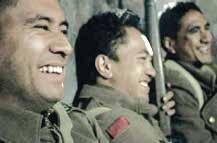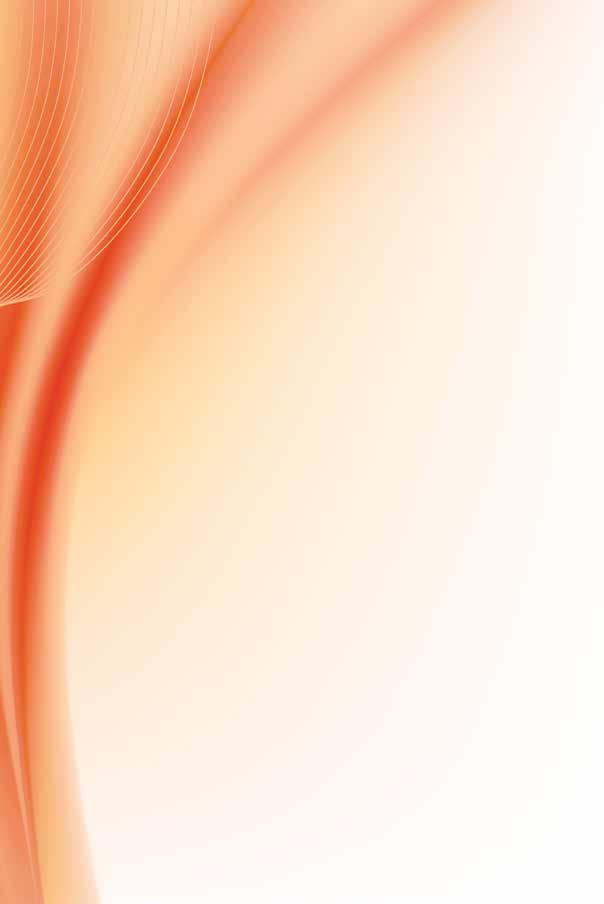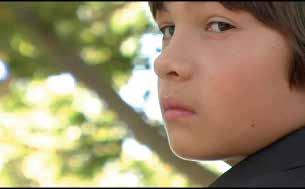
4 minute read
Installations
Cetology (2002), Brian Jungen
Shapeshifters, Time Travellers and Storytellers Co-curated by Candice Hopkins and Kerry Swanson
Advertisement
Institute for Contemporary Culture (ICC) Roloff Beny Gallery, 4th Floor Royal Ontario Museum October 6, 2007 to February 28, 2008 Admission: Adults, $15; Students/Seniors, $12; Friday Nights, $10 (4:30pm-9:30pm) Festival All-Access Pass Holders: FREE (Oct 19-21)
In partnership with the Royal Ontario Museum’s (ROM) Institute for Contemporary Culture (ICC), imagineNATIVE is proud to present Shapeshifters, Time Travellers and Storytellers. The first ICC-organized exhibition in the Roloff Beny Gallery in the Michael Lee-Chin Crystal, this thought-provoking exhibit showcases new and existing works by eight leading contemporary Indigenous artists. Incorporating evocative objects from the Museum’s collections, the exhibition features video, sound, sculpture, drawings, painting and performance art, which explore the ways in which past and present continue to merge and shape one another.
The exhibition features eight striking installations by internationally renowned Canadian artists Suvinai Ashoona, Faye HeavyShield, Cheryl L’Hirondelle, Isuma Productions (Zacharias Kunuk and Norman Cohn), Brian Jungen, Nadia Myre, Kent Monkman and American artist Alan Michelson. Five of the eight works have been created specifically for this exhibition.
fiction, story, and reality and challenges the idea of time as a linear narrative. For the artists, time and space occupy multiple vantage points in a manner that is cyclical, layered and, at times, paradoxical. The curators have brought together these contemporary art works with historical objects from the ROM’s Canadian First Peoples collections, including an 1899 carved mammoth tusk from Alaska, an Iroquois turtle wampum bag, a mid-19thcentury Paul Kane painting and 20th-century Inuit drawings.
The objects and artworks in Shapeshifters, Time Travellers and Storytellers create a space for us to rethink representation in a manner that reflects on the ROM’s role as a cultural medium. Drawing on the history of the institutional display of objects made by Indigenous people, the exhibition looks to expand the discourses regarding the role of the museum as a container for the interpretation of culture.
Over 25 works in total will be included in the exhibit, with complementary programming including a festival performance by Toronto-based artist Kent Monkman on October 19th (see page 28).
Photo Credit: Brian Jungen, Cetology, 2002, plastic and metal, Collection of the Vancouver Art Gallery, Purchased with the financial support of the Canada Council for the Arts Acquisition Assistance Program and the Vancouver Art Gallery Acquisition Fund, VAG 2003.8 a-z, Photo: Trevor Mills, Vancouver Art Gallery
From Of Light After Darkness (2007), Alan Michelson

Artists and their works:
Cree artist Kent Monkman is known for his painting, film and performance imagery that challenges the ethnographic accuracy attributed to representations of “Indians”. At the ICC, Monkman reshapes the history of colonization and the North American landscape painting, under the guise of his alter ego Miss Chief Eagle Testickle. Monkman has created a new painting, entitled Duel After the Masquerade (2007), based on Paul Kane’s Medicine Mask Dance (1848-56). The original Paul Kane painting will be on display, as well as a selection of Miss Chief’s elaborate regalia.
Alan Michelson, a New York-based artist of Mohawk descent, has created a new multimedia “painting” that explores landscape and memory. Entitled Of Light After Darkness, this video triptych is mounted in gilded frames and depicts industrialized areas of Hamilton and Burlington, Ontario. The real-time videos mark the passage of time and its potential alienation in a cinematic homage to land, history, and survival.
Vancouver-based artist Brian Jungen contributes his work, Cetology (2002), a large-scale (42-ft) whale skeleton sculpture made of plastic lawn chairs, which hangs from the gallery’s lofty peaked ceiling. Appropriating a symbol of global production and aesthetic banality — the plastic lawn chair — and transforming it into a skeleton of a bow whale, Jungen evokes the link between industrial production and mass extinction.
Known for her impressive pen and ink drawings of Cape Dorset landscapes, Nunavut artist Suvinai Ashoona offers a bird’s eye view of the northern landscape through topographical pencil drawings portraying scenes of her Cape Dorset community. The drawings illustrate an Inuit perspective of the land, where proportionality exists in its relativity to daily life.
Alberta-based artist Faye HeavyShield carries on the traditions of beadwork in a modern political context as a means of demonstrating the continuum of history, both in its beauty and its brutality. Inspired by the ROM’s collections of Blackfoot/Western Plains beadwork, HeavyShield draws from her experiences growing up as a Blackfoot woman on the Blood Reserve to create hours (2007), a new delicately hand-beaded piece, representative of a book.
Montreal-based artist Nadia Myre incorporates themes of love, desire, language, loss and identity in sculptures, paintings and videos. For the ICC exhibition, Myre presents a new piece from a body of work entitled The Dreamers (2007), an installation featuring a cluster of wooden spear-like sculptures inspired by traditional Innu harpoons and fishing nets.
Zacharias Kunuk and Norman Cohn of Isuma Productions, Canada’s first independent Inuit production company, present Nunavut (Our Land) (1995), a 13-episode drama series in Inuktitut that explores how the Inuit in the Igloolik region of the Canadian Arctic lived on the land in the 1940s. Based on stories from Elders, who still remember their early days growing up just before government and settlement life begun, Nunavut recreates a nomadic lifestyle that continues to influence Inuit life today.
27 Vancouver-based artist Cheryl L’Hirondelle connects ancient stories with modern technologies in a new binaural installation, hearing in coyote daze (2007), based on the sacred Dreamer’s Rock on Manitoulin Island. Visitors can climb onto a rock-like structure and listen to sounds that the artist captured during time spent at the rock.










